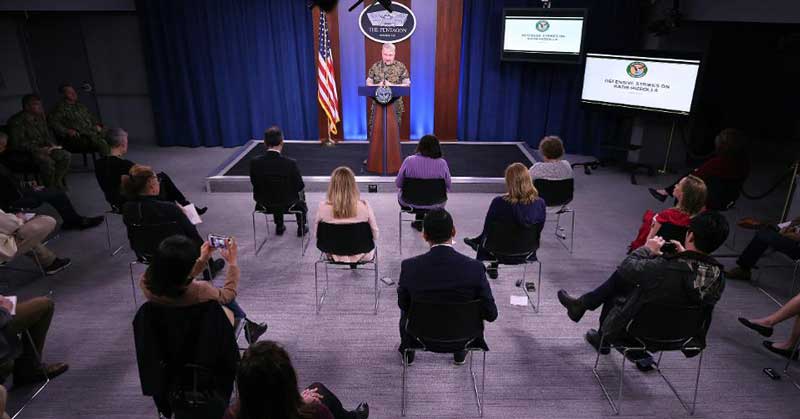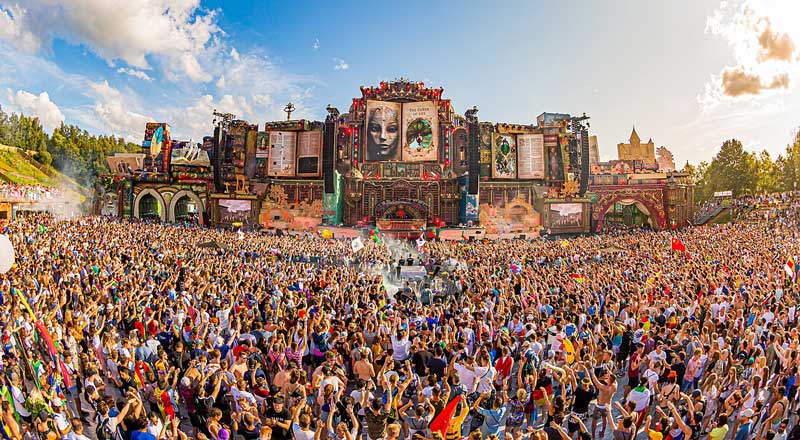Hosting Small Events During the Coronavirus (COVID-19)
The coronavirus (COVID-19) pandemic has taken its toll on a number of industries. Destroying small businesses, shutting down bars, restaurants, hair salons, as well as any community events such as farmer's markets, nonprofits and fundraisers.
COVID-19 has also left event planners in limbo. No events, no work. With almost all events postponed or cancelled until 2021, the disease is sucking the event industry dry.
However, as we continue to progress we will once again be able to host events, but of what capacity?
|
Stay connected with SMS Marketing Purplepass' SMS Marketing tool allows users |
Small events and COVID-19
If we ever want to host events again, we need to start small.
According to the CDC, we currently must avoid all large events and gatherings as this can contribute to the continuous spread of germs and the virus.
With mass numbered events, it’s impossible to put effective social distancing and safety regulations in place and expect them to be followed.
- Festivals
- Concerts
- Fairs
- Trade shows
- Conventions
- Conferences
- Sports
- Networking
- Farmer's markets
Small events, however, are easier to manage. When planning for a small event, there are a few risk factors you should consider before moving forward.
(1) Consider the size of your event and if it’s actually considered a small event.
Everyones definition of a small guest size is different; 50, 30, 10, or smaller. However, the biggest risk factor is not completely the size, but (2) how people can move throughout the event.
Whether your event has 50 guests or 10, if they are tightly packed together in a small area, or can’t socially distance themselves, this will have the same effect of hosting a mass gathering; there is the same chance of your guests catching the coronavirus.

If you have mass crowds or guests are stuck in a small space, this leads to congestion and the inability to move around. By spending more time in one space next to other people, they have higher chances of getting the virus.
Other factors worth considering:
- Age and demographics of attendees
- Your venue (is it a closed space)
- Your location (is it in a highly affected area?)
- Current rules enforced in your community regarding events and COVID-19
- The interaction rate at your event
It’s important to constantly stay updated and follow the latest rules and regulations put in place for your community and/or state.
"Last week, the U.S. Centers for Disease Control and Prevention warned against groups larger than 250 if there was no known community spread of the novel coronavirus in a region. On Sunday, the guidelines shrunk to a maximum of 50 people for the next eight weeks. On Monday, the White House recommended a maximum of 10. In most cases, the rationale for these specific numbers is not entirely clear, leading to inconsistent behaviors.”
If you are scratching to start planning events again, it may be awhile.
Let small events be your savior. Once we begin to recover, start by planning community get-togethers, host meetups and gatherings, but scale it down to 10 - 50 guests MAX.
How to run a safe, small event

1. Properly train staff and volunteers with different protocols in place. Wear gloves, mask, frequently change gloves, assign cleaning shifts, monitoring social distancing, etc.
2. Eliminate interactions and contact. That means no games, no hugs, handshakes, open food, catering, food trucks, close sitting, etc.
3. Shorten your event. Lesson the time your guests spend together.
4. If you can, stick to an outdoor venue so you are not limited on space.
5. Space out your guests and implement line control with these tips.
6. Set up hand sanitizing stations around the entire venue.
7. Create an emergency plan in case an outbreak occurs in your area (postponing/cancellation/refunding).
8. Only accept guests within the area to eliminate people traveling to your event.
9. Encourage guests to do the following through constant communication before the event.
- Stay home if sick
- Wear masks, gloves to the event
- Avoid touching your face
- Follow social distancing rules
10. Provide preventative supplies if people don’t have their own such as a mask or gloves.
Are mass events in our near future?
How near? ... that’s the real question.
 By continuing our social distancing, practicing healthy habits like washing our hands, taking care of our health (mentally and physically) and staying positive, these bleak days will pass.
By continuing our social distancing, practicing healthy habits like washing our hands, taking care of our health (mentally and physically) and staying positive, these bleak days will pass.
Remember, the longer we continue to eliminate health risks and be proactive, the sooner we will have our events back!
|
24/7/365 support for you and guests! This is a challenging time, but you aren't alone. |








